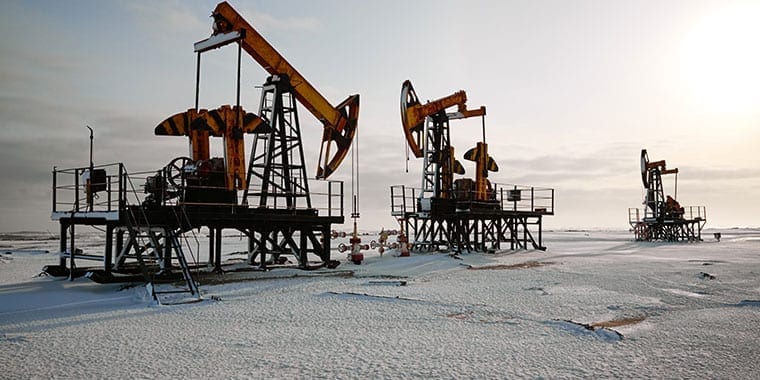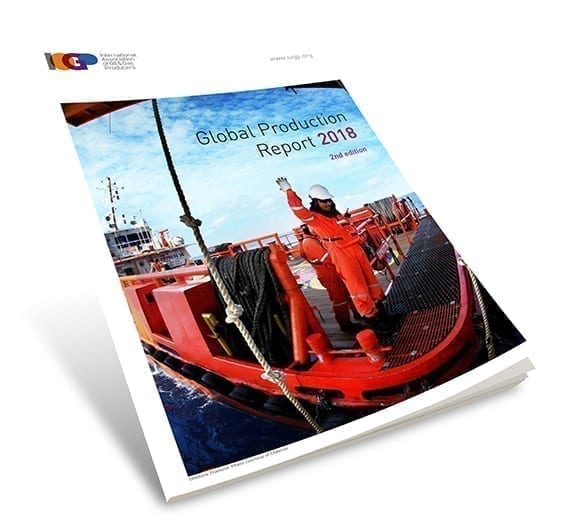
- Production: Producing at all time high
- Demand: Ukraine unrest holds back overall demand
The world’s biggest gas exporter retains its lead

CIS Production Indicator is steadily increasing
CIS gas production is at its highest ever: 815 billion cubic metres. This volume, combined with comparatively low domestic demand, enabled the region to export 240 billion cubic metres in 2017 – compared with only 170 billion cubic metres a decade before.
The region’s leading gas producer is the Russian Federation, which accounts for 78% of CIS production. This gives Russia an export potential of 210 billion cubic metres. Turkmenistan follows with 8% of production, of which it could export 30 billion cubic metres in 2017. Uzbekistan is the region’s third ranking gas power, with 7% of production.

Stable regional demand
Demand from CIS states in 2017 was 575 billion cubic metres. This accords with the average for the past five years, but is some 3% lower than the average of the previous five years.
As with production, Russia accounts for the bulk of CIS gas demand. In 2017, Russia consumed 74% of the region’s gas, or 425 billion cubic metres. This was slightly below Russia’s level of demand a decade before of 429 billion cubic metres.
The second ranking gas user is Uzbekistan, accounting for 7% of the CIS total. Turkmenistan had 5%, as did Ukraine.
While there was demand growth in Turkmenistan and Kazakhstan when compared to 2007 figures, this was more than offset by the consumption decline in Ukraine, which more than halved in a decade from 66 billion cubic metres in 2007 to only 30 billion cubic metres in 2017.
What remains where
The CIS is well-placed to continue its prominence in gas exports. It holds 31% of the world’s proven reserves, with Russia having 60% of the regional total. Turkmenistan has 33%.

Historically high levels of CIS gas production and availability for exports beg the question: is the upward trend likely to continue?
The proven reserve base is large enough to accommodate a further increase in CIS gas output and export opportunities. But there are other elements to be considered. These include the future levels of essential domestic demand, the timely availability of well-functioning infrastructure throughout the value chain, and demand in the export destination markets. With such important variables one might be able to make widely diverging scenarios for future production and exports. However, the basic assumption can be that the drive to maintain or increase exports will continue to be strong for the near and medium term and, with stable or moderately rising domestic demand, the room for exports will be there if the commercial terms are acceptable.
On the infrastructure front we see significant expansions of the capability to take CIS gas abroad. These include new routes to Europe and Asia (e.g. Power of Siberia). Asia’s appetite for natural gas is expected to remain strong as energy demand grows and environmental challenges, mostly due to coal use for power generation, persist. In Europe, there may well be room for more gas use in the power sector, partly resulting from increased power needs and pressure on coal due to policies and CO2 pricing. So can CIS gas production and trade increase?
Yes they can. Will they? Watch the demand and infrastructure developments and you will have at least half the answer!
Marcel Kramer, Regional Coordinator for Russia, the Black Sea and the Caspian, IGU


